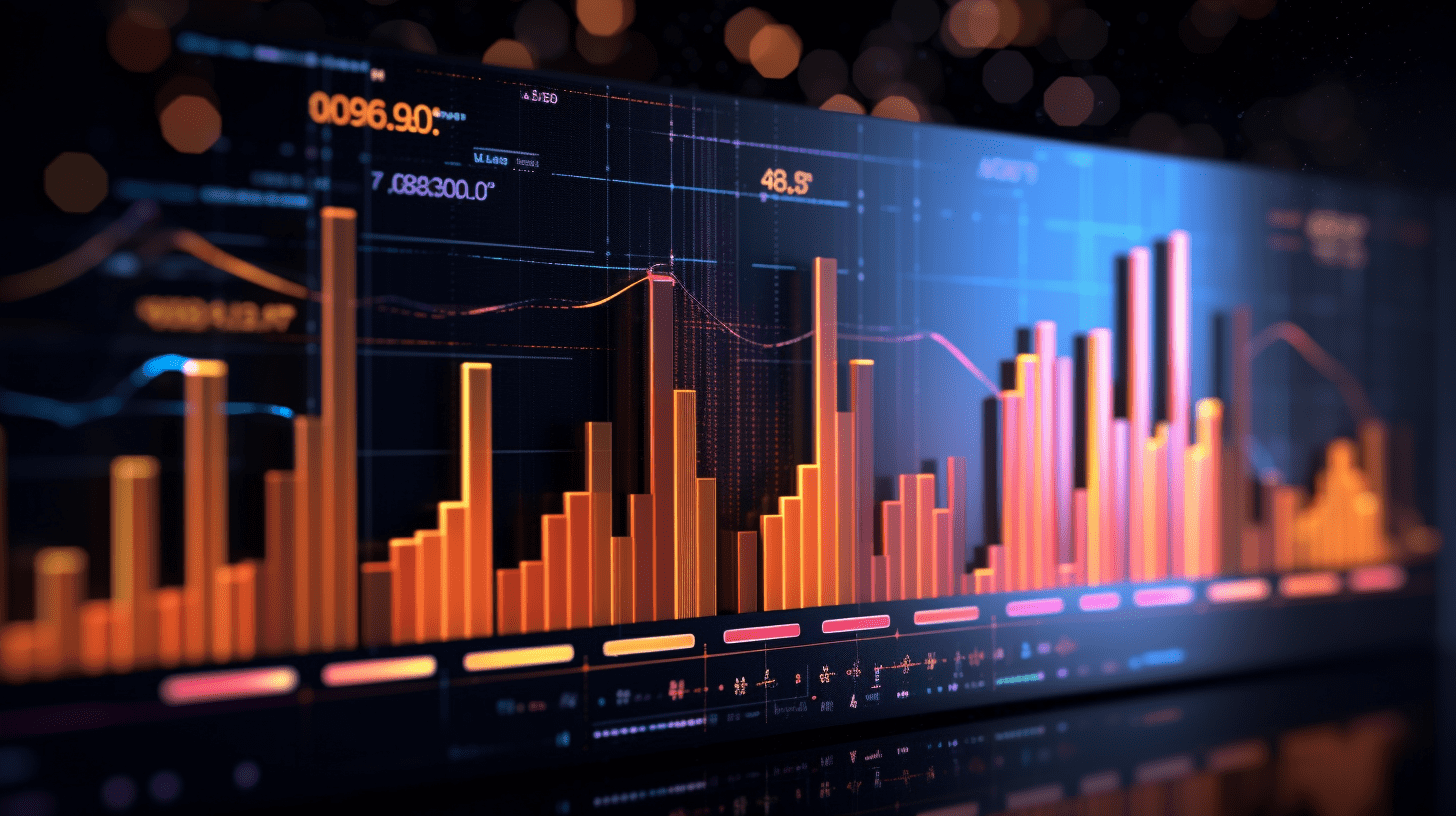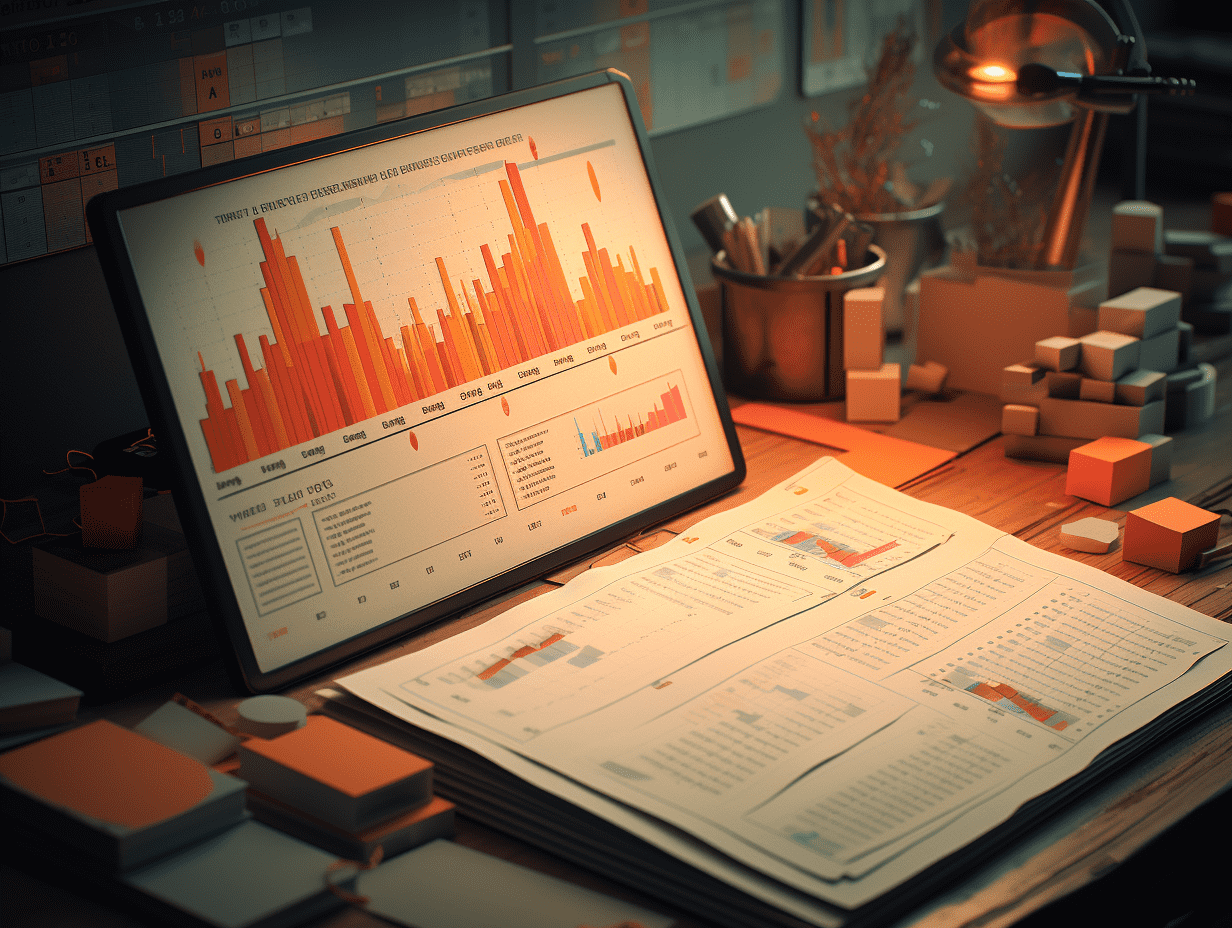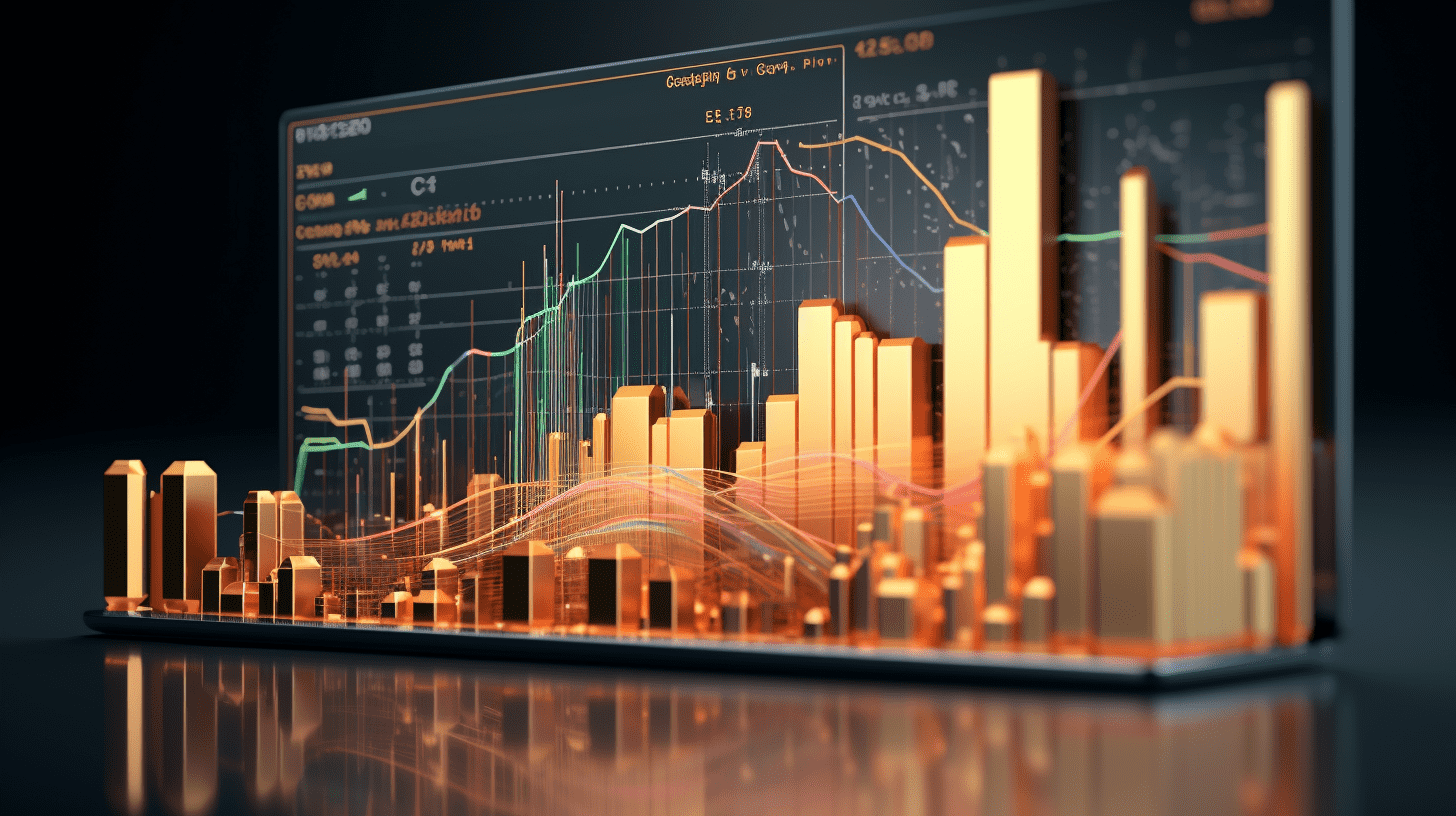"Dr. Copper" staged a "diving-style" crash Investors are becoming increasingly pessimistic about the economic outlook.
As April comes to an end, the price of copper experienced a "dive" decline this Wednesday.
As April comes to an end, the price of copper experienced a "diving" plunge on Wednesday, with a drop in one trading day exceeding the cumulative decline for the entire month of April, adding another layer of gloom to the already weak global market sentiment. As an important industrial metal, copper has always been seen as a "barometer" of global economic health. The sharp decline in copper prices may indicate that investors have become more pessimistic about the economic outlook.
John Caruso, senior market strategist at RJO Futures, said in an interview, "Looking back, the decline in US Treasury yields, the fall in oil prices, and the sharp drop in copper prices are all sending clear signals of global economic pressure."
According to Dow Jones market data, on Wednesday, the main copper futures contract (for July delivery) fell by 5.4%, closing at $4.61 per pound, marking the lowest closing level since April 11 and recording the largest single-day drop in over three weeks.
Caruso pointed out that the current trend resembles a prelude to a "W-shaped" recovery, indicating a "double-dip" economic recovery where the economy may experience a recession after an initial recovery. "This trend is more difficult to deal with than the common 'V-shaped' recovery, it is a dangerous structural signal."
Throughout April, copper prices fell by 8.4%, marking the largest monthly decline since June 2022. Nevertheless, copper prices have still risen by 14.5% year-to-date.
"The macroeconomic anxiety behind the decline in copper prices"
Naeem Aslam, Chief Investment Officer at Zaye Capital Markets, pointed out that the sharp decline in copper prices is releasing a more unsettling signal, indicating that the market is anticipating economic outcomes worse than the known problems. "The slide in copper prices not only reflects existing economic concerns, but also suggests that the market is more concerned about the risk of recession from trade tensions."
Analysts at Sevens Report Research stated in a report released on Wednesday, "Market concerns about recession, as well as the lack of substantive progress in US-China trade relations, are the two main factors suppressing copper prices." They added that currently, the "main trend of copper prices is not the up or down movement, but high volatility, reflecting the uncertainty brought by the trade war and the anxiety of global investors."
The reversal of copper prices is also dramatic, just a month ago, on March 26th, copper prices reached a historical intraday high of $5.374 per pound, driven by potential tariff impacts.
This surge originated from an order by President Trump on February 25th, requesting the Commerce Department to investigate whether copper imports threaten national security and to come up with response recommendations, including tariffs, export controls, or encouraging domestic production within 270 days. Although on April 2nd, Trump announced that copper was excluded from the tariffs imposed on most imported goods, this event still prompted the market to stock up on copper in the early stages.
What is the next step for the market?
However, copper prices have now fallen significantly from their highs. With the unexpected contraction of the US economy in the first quarter, the pressure on copper prices continues to escalate.
Caruso stated that the key support level for copper prices is at $4.39 per pound, and if it drops below this level again, it may be an opportunity for traders to "tentatively enter the market." But if it continues to fall to the early April low of $4.03 per pound, it will be a "extremely dangerous situation." He believes that currently copper prices may be in a "large trading range between $4 and $5," and if it falls below $4, it will be a serious warning of deeper economic issues.
Despite the spread of short-term pessimism, Caruso still holds a certain optimism for the upcoming trade negotiations in the next few weeks. He pointed out, "We will focus on Japan, India, and South Korea as potential 'early victories' in trade." He also believes that the Trump administration has shifted towards a more growth-oriented policy direction and expects to hear more about tax cuts and deregulation around the summer.
However, Aslam of Zaye Capital believes that for copper prices to rise again, it will require the combined effect of several factors, including "tariff relief, US-China economic data turning stronger, as well as supply disruptions such as mine closures."
He predicted that if trade tensions ease, economic stimulus measures take effect, copper prices could rebound slightly to $10,000 per metric ton by the end of 2025. As of Tuesday, three-month copper futures on the London Metal Exchange closed at $9,440 per ton.
Aslam concluded, "Unless there are significant improvements on both policy and economic levels, copper prices are unlikely to see a truly strong rebound."
Related Articles

Musk bids farewell to Trump, leaving behind a report card of "cutting $160 billion", far below expectations.

US trade negotiations are expected to make progress. Gold prices fell, while copper prices rebounded.

US Trade Representative says close to reaching initial agreement; Senate rejects "Stop Countervailing Tariffs" proposal.
Musk bids farewell to Trump, leaving behind a report card of "cutting $160 billion", far below expectations.

US trade negotiations are expected to make progress. Gold prices fell, while copper prices rebounded.

US Trade Representative says close to reaching initial agreement; Senate rejects "Stop Countervailing Tariffs" proposal.

RECOMMEND

Nonfarm payroll data is coming! If there are cracks in the US labor market, the probability of a rate cut by the Federal Reserve in June is expected to increase significantly.
30/04/2025

Under the threat of tariffs, the trade deficit of US goods has reached a historical record! There is a high probability that the GDP will suffer a heavy blow in the first quarter.
30/04/2025

From AI chatting to online shopping, OpenAI is striving to make ChatGPT the "universal application" of the AI era.
29/04/2025


